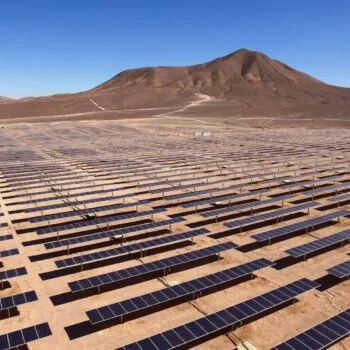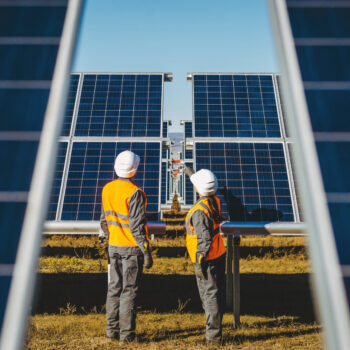Ultimately we have to get to zero emissions to cap warming at any temperature. To have a high chance of reaching 2C and possibility of limiting to 1.5C we have to get to net zero GHG emissions by 2050. If we want to buy some time and push back the deadline for full GHG phase-out, CO2 emissions still have to be brought to zero decades before. When considering the likelihood of a long-term goal option fulfilling the 2C obligation there are two key factors to keep your eye on: greenhouse gas type and timeframe.
Below is a simplistic take on the latest AR5 IPCC science (with some help from Ecofys and Carbon Action Tracker). It’s also important to note that if we don’t get to zero fast enough then negative emissions will be necessary. Negative emissions come in several forms (e.g. afforestation, CCS, other currently unknown technologies etc) but there are some outstanding questions around their success and the fairness of their implementation.
For a 85% (high) chance of meeting 2C and a 50% chance of staying below 1.5C
- Net zero phase-out by 2050
- Decarbonisation comes hand-in-hand with other GHG phase-out
For a 66% (likely) chance of staying within 2C of warming (IPCC headline message favoured by the EU):
- All GHG, net zero with negative emissions, 2100
- Given the late date of total GHG phase out decarbonisation has to come much earlier – 2055 – 2070. As CO2 is easiest to control and requires foresight to avoid infrastructure investment that locks-in high carbon for decades to come it must come first.
- Even with 2055-2070 decarbonisation net negative CO2 emissions still have to follow thereafter[1]. To reduce the likelihood of resorting to negative emissions would require zero CO2 to be reached at an earlier date.
For a high (85%) chance of staying within 2C of warming[2]:
- All GHG, net zero with negative emissions, 2070
- This trajectory implies that fossil fuel combustion & industry have to reach net zero by 2055 and go to negative emissions thereafter.
All the above options can get us to 2C but they differ on likelihood of delivery in a scientific (as above) and cultural (more or less agency for implementation) sense.
The above guide came out of an internal knowledge share briefing led by Camilla.
[1] UNEP (2014) Emissions Gap Report 2014
[2] Climate Action Tracker Update. 4 June 2014


